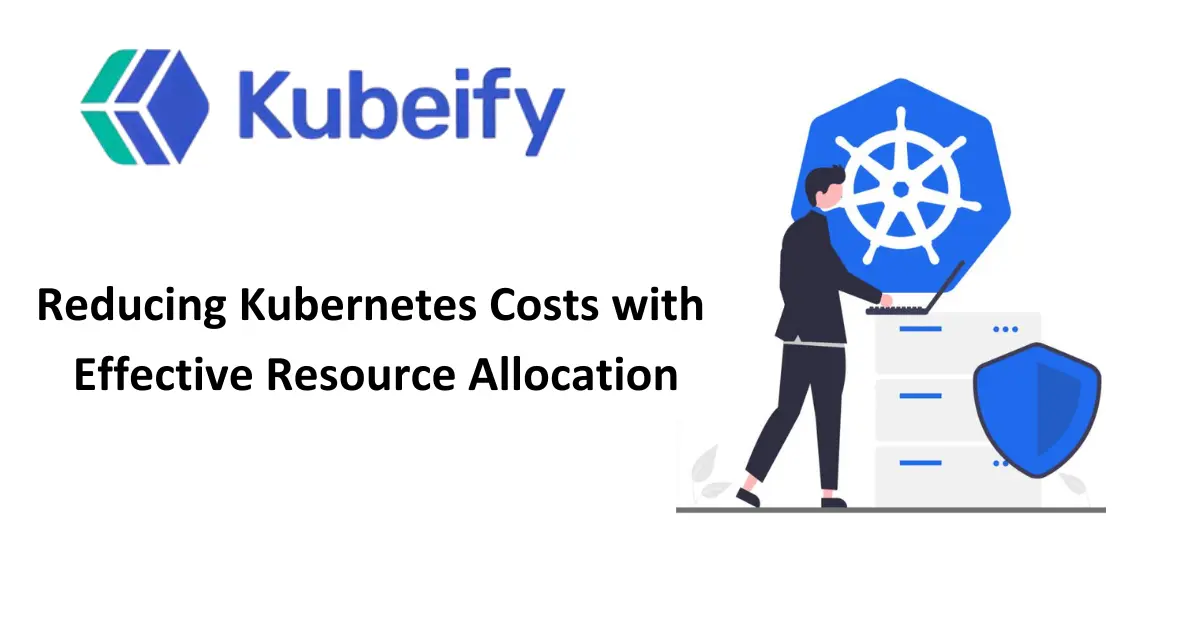AI Cloud
- Cloud Native Product Development
- Cloud Native FaaS
- Monolith to Microservices
- DevSecOps as a Service
- Kubernetes Zero Downtime

Kubernetes is a powerful tool for container orchestration, but managing costs can be a challenge if resources are not allocated effectively. As organizations scale their Kubernetes deployments, inefficient resource usage can lead to unnecessary expenses. Implementing proper resource allocation strategies can help businesses optimize costs while maintaining performance and reliability.
Before optimizing costs, it is essential to understand the key factors that contribute to Kubernetes expenses:
Over-Provisioning Resources: Allocating excessive CPU and memory to pods can lead to unnecessary cloud costs.
Underutilized Nodes: Running clusters with underused nodes leads to wastage of computing resources.
Persistent Storage Costs: Unused or improperly sized storage volumes can increase overall cloud bills.
Idle Workloads: Non-essential workloads running during non-peak hours contribute to additional costs.
Load Balancer and Network Usage: External traffic management and network egress can significantly impact expenses.
Setting appropriate CPU and memory requests and limits ensures that pods do not consume excessive resources or remain underutilized.
Requests define the guaranteed minimum resources for a pod.
Limits cap the maximum resources a pod can use.
Using these effectively prevents over-provisioning and optimizes resource distribution across the cluster.
Continuously monitor workload performance and adjust resource allocations based on actual utilization. Tools like Vertical Pod Autoscaler (VPA) and Goldilocks help in determining optimal resource configurations.
Cluster Autoscaler dynamically adjusts the number of nodes in a cluster based on workload demands. This helps avoid running underutilized nodes, reducing costs while maintaining scalability.
HPA scales pods based on CPU or memory usage, ensuring efficient use of available resources. This prevents over-provisioning during low traffic periods and scales up during peak demand.
Choosing the right instance types and sizes in cloud environments such as AWS, GCP, or Azure can help reduce costs. Additionally, bin packing strategies ensure workloads are scheduled efficiently across available nodes.
Regularly review and delete unused persistent volumes (PVs) and snapshots. Utilize dynamic provisioning to allocate storage based on real-time needs, preventing unnecessary cost accumulation.
Cloud providers offer discounted spot or preemptible instances that can be used for non-critical or batch workloads, significantly reducing compute costs.
Optimizing network policies and reducing cross-region traffic can lower egress costs. Utilizing ingress controllers and service mesh solutions like Istio can help manage network traffic more efficiently.
Using tools such as Kubecost, CloudHealth, or AWS Cost Explorer can provide real-time insights into Kubernetes spending, helping teams identify optimization opportunities.
Running batch jobs and CI/CD pipelines during lower-cost periods can optimize resource utilization and lower overall costs.
Effective resource allocation in Kubernetes is key to reducing unnecessary cloud expenses while maintaining system performance and reliability. By implementing best practices such as rightsizing workloads, using autoscaling mechanisms, optimizing storage, and leveraging cost-monitoring tools, organizations can achieve significant cost savings. Taking a proactive approach to Kubernetes cost management ensures businesses get the most out of their cloud investments without overspending.

Kubeify's team decrease the time it takes to adopt open source technology while enabling consistent application environments across deployments... letting our developers focus on application code while improving speed and quality of our releases.
– Yaron Oren, Founder Maverick.ai (acquired by OutboundWorks)
Let us know what you are working on?
We would help you to build a
fault tolerant, secure and scalable system over kubernetes.
